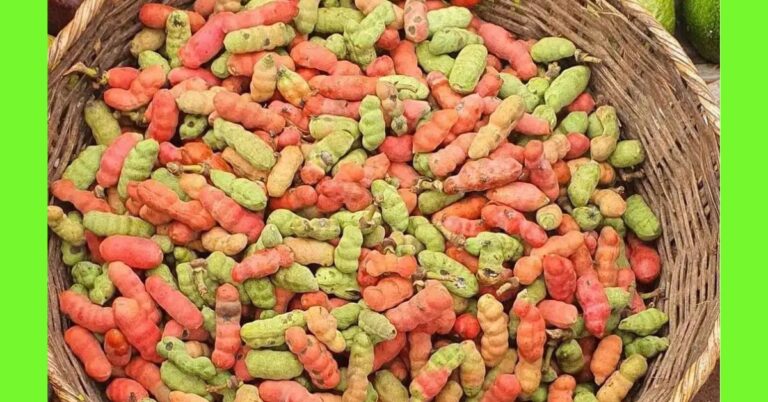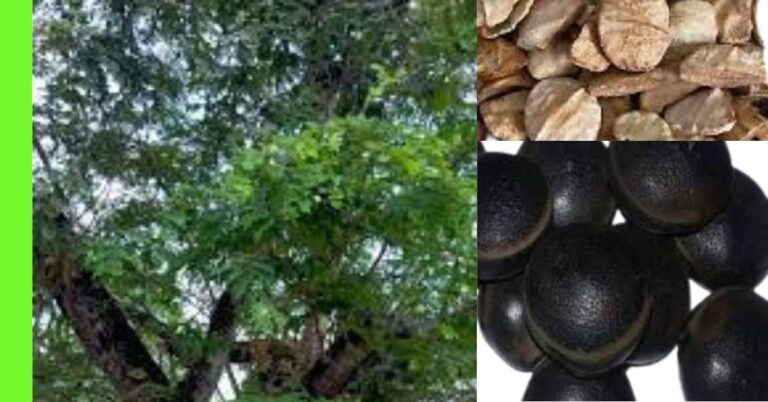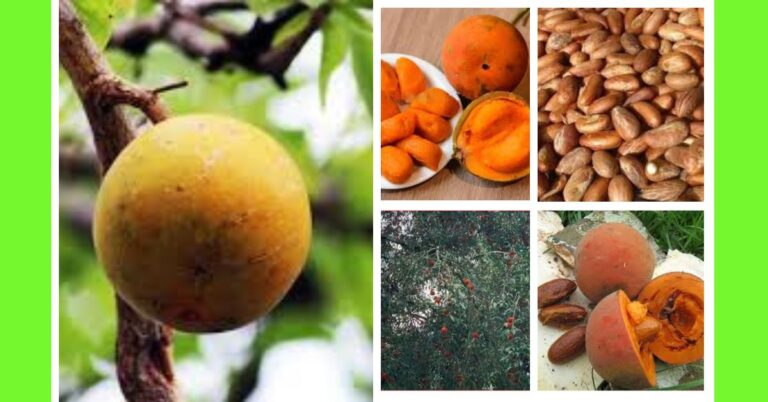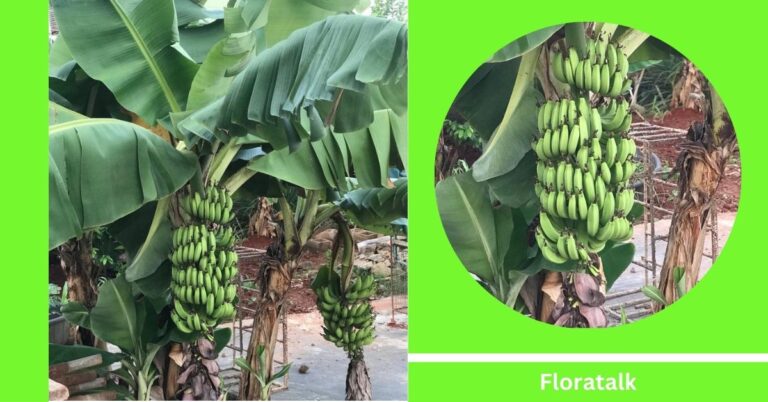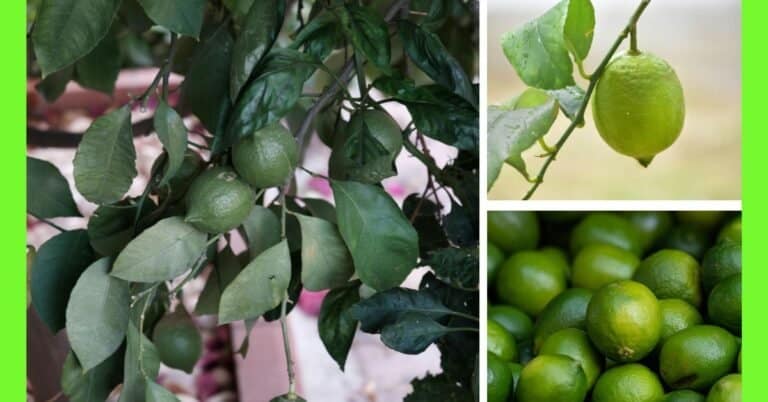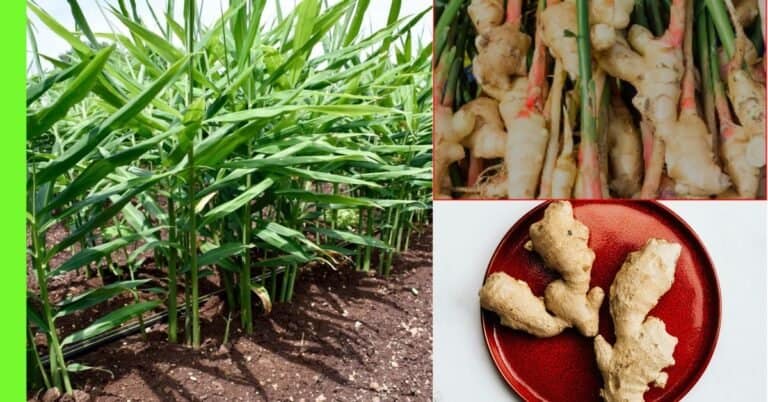How to Plant Noni in Nigeria: A Step-By-Step Guide
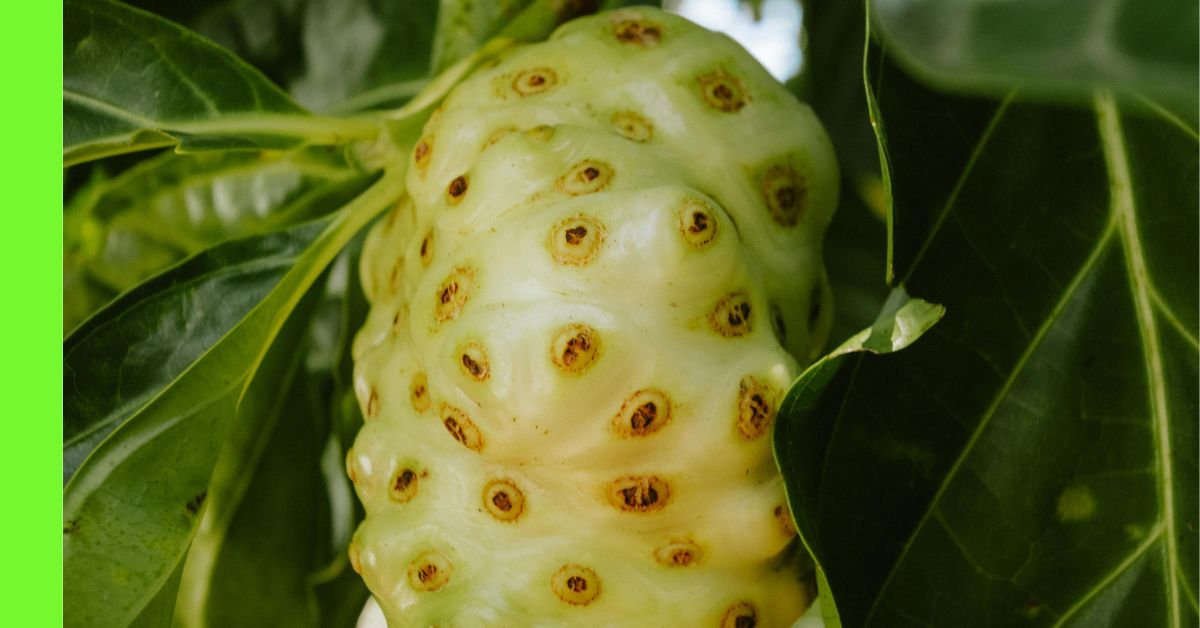
Noni (Morinda citrifolia), also known as Indian mulberry, is a tropical fruit-bearing plant with numerous health benefits.
It has become increasingly popular in Nigeria for both commercial and medicinal purposes.
This article provides a comprehensive guide on how to plant noni in Nigeria, covering everything from site selection to pest control.
Description of a Noni Plant
Noni is a small evergreen shrub or tree that can grow up to 9 meters tall.
It has large, glossy, dark green leaves and produces small, white, tubular flowers.
Its fruits are oval-shaped, green when unripe, and turn yellowish-white or pale cream as they mature.
The fruit emits a strong, pungent odour when ripe and is known for its bitter taste.
Despite its smell and taste, noni is highly valued for its medicinal properties.
It contains antioxidants, vitamin C, potassium, and other compounds that help boost immunity, reduce inflammation, and improve digestion.
Both the fruit and leaves are used in herbal remedies.
Planting Season for Noni
Noni can be planted all year round in Nigeria due to the favourable tropical climate.
Still, the best time to plant is at the beginning of the rainy season, typically between March and May.
Planting during this time ensures that the young plants receive sufficient water to establish strong roots before the onset of the dry season.
Planting can also be done during the dry season, but it will require consistent watering.
Planting Noni
Growing noni requires careful planning and preparation to ensure optimal growth and yield.
The following steps outline the process:
Step 1 – Choose a Location
Noni thrives in tropical climates and requires:
- Full sunlight: Choose an open area where the plant can receive 6–8 hours of sunlight daily.
- Well-drained soil: Sandy-loam soil with good drainage is ideal.
- pH range: Slightly acidic to neutral soil (pH 5.5 to 7.5).
- Space: Noni plants need space to grow. Allow 2–3 meters between plants.
Avoid waterlogged areas or clay-heavy soils unless improved with organic matter and proper drainage.
Step 2 – Land Clearing and Preparation
Clear the land of weeds, grasses, and stumps.
This will reduce competition for nutrients and eliminate potential pests.
After clearing:
- Till the soil to a depth of 30–40 cm to loosen it.
- Mix in organic manure such as decomposed poultry droppings or compost.
- Prepare planting holes of 30 cm x 30 cm size and space them 2.5 meters apart in rows.
Step 3 – Means of Propagation
Noni can be propagated through:
- Seeds: Slower to establish; takes 18–24 months to fruit.
- Cuttings: Faster and maintain the characteristics of the parent plant.
- Seedlings: Ideal for small- to medium-scale farmers; commonly available from nurseries.
Cuttings and seedlings are the preferred methods for commercial planting due to faster maturity.
Step 4 – How to Plant Noni from Seed
If you choose to plant from seed, follow these steps:
- Seed Preparation:
- Soak seeds in warm water for 24–48 hours to soften the hard coat.
- Scarify gently with sandpaper to encourage faster germination.
- Soak seeds in warm water for 24–48 hours to soften the hard coat.
- Sow in Nursery:
- Plant seeds in small polybags filled with sandy-loam soil.
- Water regularly and place it under partial shade.
- Plant seeds in small polybags filled with sandy-loam soil.
- Transplanting:
- Germination takes 1–2 months.
- Transplant seedlings to the field when they are 4–6 months old and at least 20 cm tall.
- Germination takes 1–2 months.
Step 5 – Watering
Noni is drought-tolerant once established, but young plants require regular watering.
- Water newly planted noni 3–4 times a week during dry periods.
- Avoid overwatering, especially in clay soils, as this may cause root rot.
- In the rainy season, natural rainfall is usually sufficient.
Drip irrigation is advisable for large farms to ensure efficient water use.
Step 6 – Apply Manure
Fertility management is key to strong plant growth and fruit production.
- Apply organic manure like compost or poultry droppings at planting time.
- After 3–4 months, topdress with NPK fertiliser.
- Continue applying manure every 3–4 months to maintain soil fertility.
- Mulching with dry grasses or leaves helps retain moisture and suppress weeds.
Maturity and Harvest
Noni plants start fruiting from 12 to 18 months after planting, depending on the method of propagation used.
- Fruit Maturity: Fruits are mature when they become translucent yellow or whitish.
- Harvest Frequency: Fruits can be harvested every 2–3 weeks throughout the year.
- Harvest Method: Pick by hand when fully ripe, usually early in the morning, to prevent spoilage from heat.
A single mature noni tree can yield up to 8–10 kg of fruit per month under good conditions.
Pests and Diseases
Though noni is relatively hardy, it is not immune to pests and diseases.
Common Pests:
- Fruit flies: Lay eggs inside the fruit, causing decay.
- Mealybugs and aphids: Suck sap from leaves and weaken the plant.
- Whiteflies: Cause sooty mould and reduce photosynthesis.
Common Diseases:
- Root rot: Caused by poor drainage or overwatering.
- Leaf spot: Fungal infection resulting in brown or black patches on leaves.
- Powdery mildew: White powdery growth on leaves due to fungal spores.
Pest and Disease Control
- Cultural Control:
- Use healthy seedlings or cuttings.
- Practice good field hygiene.
- Ensure proper spacing for airflow.
- Avoid overwatering and remove diseased plant parts promptly.
- Use healthy seedlings or cuttings.
- Biological Control:
- Introduce natural predators like ladybugs to control aphids and whiteflies.
- Use neem oil spray to deter pests organically.
- Introduce natural predators like ladybugs to control aphids and whiteflies.
- Chemical Control:
- Use insecticides (e.g., cypermethrin) and fungicides (e.g., mancozeb) only as needed.
- Always follow manufacturer guidelines and observe pre-harvest intervals.
- Use insecticides (e.g., cypermethrin) and fungicides (e.g., mancozeb) only as needed.
- Integrated Pest Management (IPM):
- Combine cultural, biological, and chemical methods for sustainable control.
- Combine cultural, biological, and chemical methods for sustainable control.
Conclusion
Noni farming in Nigeria presents an opportunity for small- and medium-scale farmers to diversify their crop production and tap into the growing health-conscious market.
With the right site, care, and management practices, noni can thrive in Nigeria’s climate and yield fruit all year round.
By following this step-by-step guide, from choosing the right location to controlling pests and diseases, farmers can enjoy a successful and profitable noni cultivation experience.
If you’re looking to start a noni farm, now is a great time to begin.
With proper knowledge and care, this resilient and beneficial plant can thrive and reward your efforts handsomely.
Hope you find this article helpful.

